The journey of textured hair care, from ancient communal gatherings to the modern-day ritual, is a profound narrative. It speaks to resilience, identity, and the enduring power of ancestral wisdom. Roothea, through the lens of ‘Soul of a Strand,’ invites you into this exploration, a living archive of hair heritage.
What follows is not simply a historical account, but a meditation on how the care practices of our foremothers and forefathers continue to shape and inform the regimens we honor today. This exploration of how historical care rituals shape modern regimens for textured hair is a testament to an unbroken lineage, a continuous conversation between past and present.
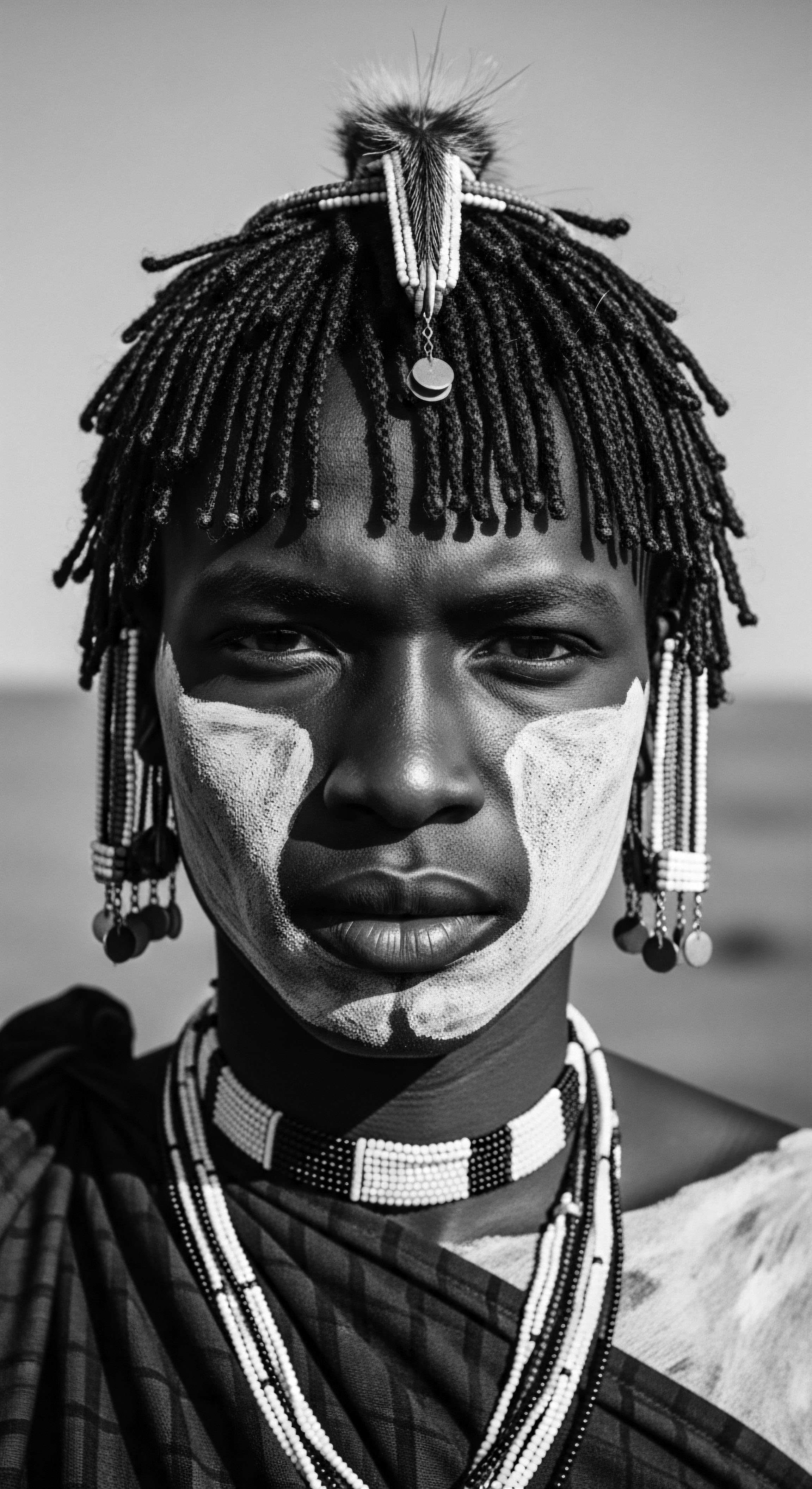
Roots
The story of textured hair begins not with products on a shelf, but in the elemental origins of humanity. It is a biological marvel, a crown sculpted by sun and environment over millennia. To truly grasp how historical care rituals shape modern regimens for textured hair, one must first appreciate the inherent qualities of this hair type, viewed through the long lens of heritage.
Our understanding of textured hair’s very structure, its varied classifications, and the language we use to speak of it are all deeply rooted in ancestral knowledge and, at times, in the biases that arose from the forced disruption of cultural continuity. This journey begins at the source, acknowledging hair as a living extension of our collective past.
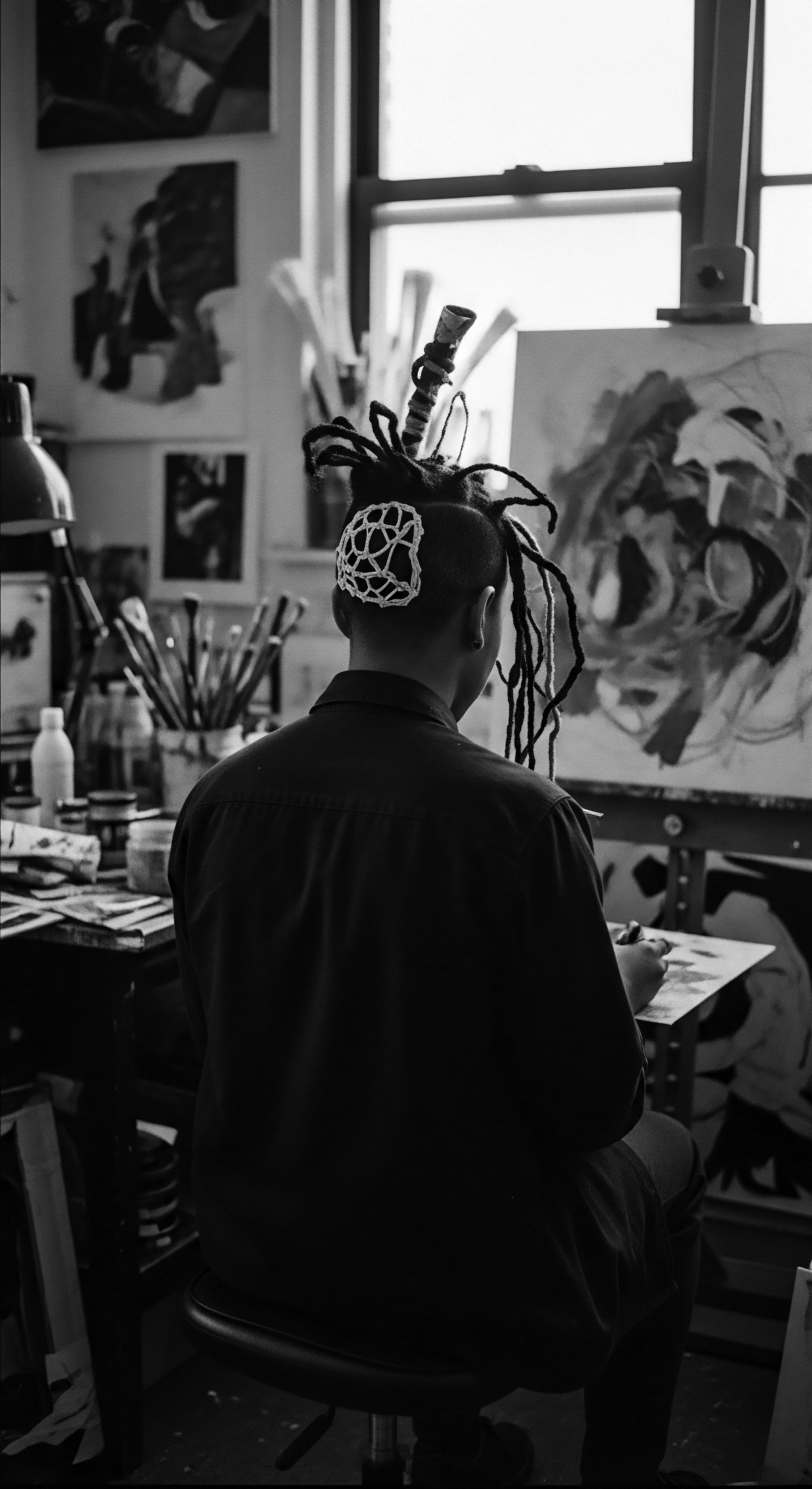
Textured Hair Anatomy and Its Ancestral Echoes
At its core, hair is a protein filament, emerging from follicles nestled within the dermis. While all human hair shares this basic composition, the morphology of the hair follicle dictates its ultimate shape and curl pattern. Straight hair springs from round follicles, allowing natural oils to descend with ease. Conversely, hair with curl, be it a gentle wave or a tight coil, grows from follicles that are oval or even elliptical.
This shape creates a natural winding path for the strand, leading to its characteristic bends and curves. These bends, while giving textured hair its remarkable visual appeal, also present unique care considerations ❉ the natural oils from the scalp, vital for moisture and protection, struggle to travel the full length of a coily strand, often resulting in drier hair.
Scientists have long theorized about the evolutionary origins of textured hair, with compelling evidence pointing to its adaptive benefits in equatorial climates. Dr. Nina Jablonski, an anthropologist at Penn State, highlights research indicating that tightly curled hair provided early humans in equatorial Africa with superior protection from the sun’s radiative heat while minimizing the need to sweat to stay cool. This adaptation, enabling efficient temperature regulation, may have been a factor in the expansion of the human brain to its modern size.
(Jablonski, 2023), The very design of tightly curled hair, creating a layer of trapped air between the scalp and the environment, facilitates more efficient sweat evaporation than straight hair. This biological heritage reminds us that our hair is not merely aesthetic; it is a testament to survival, coded with the wisdom of sun-kissed lands and ancient skies.
Textured hair’s unique structure, shaped by ancestral environments, inherently dictates its moisture needs and styling potential.
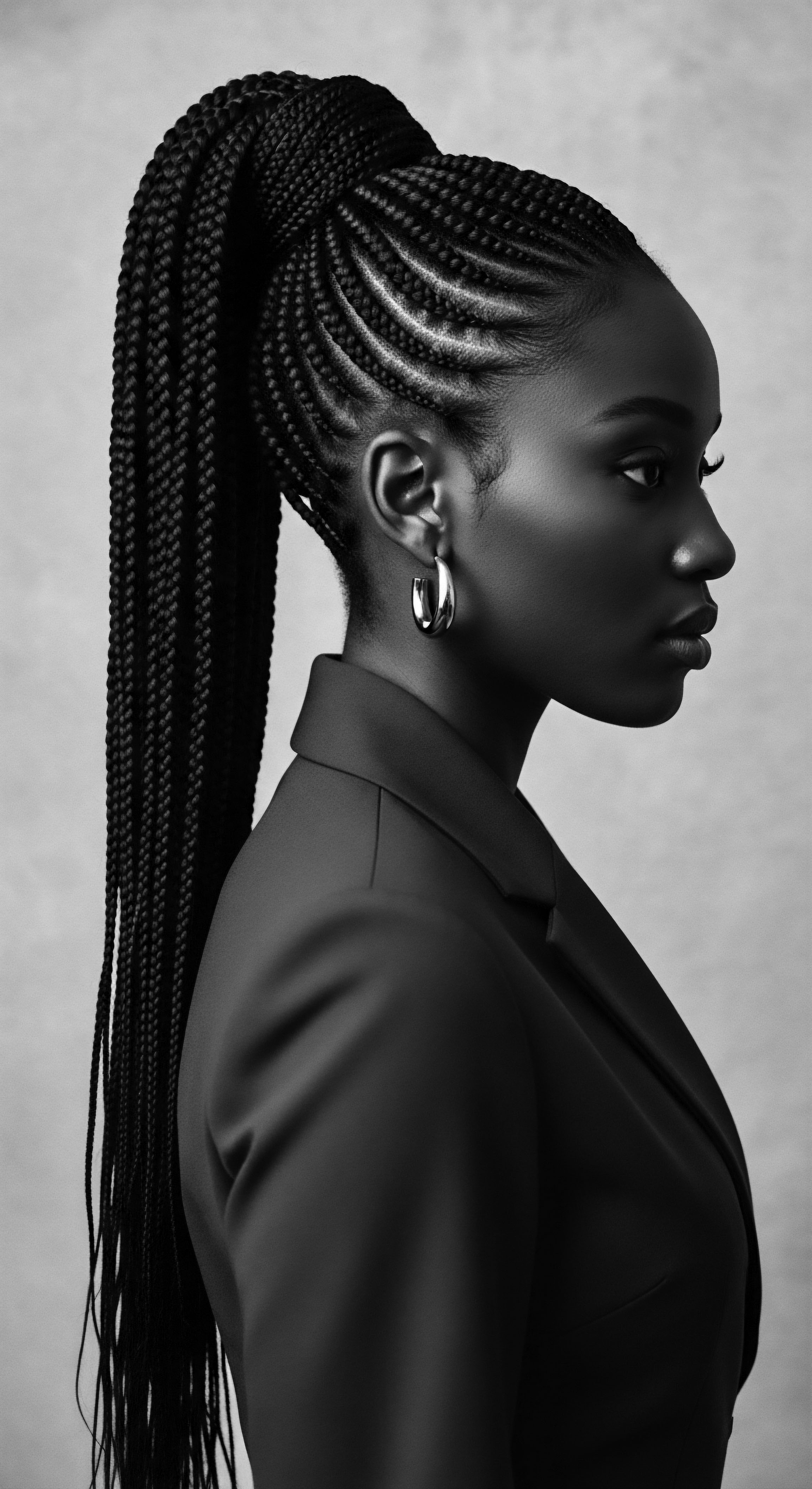
Hair Classification Systems and Their Heritage
The way we categorize textured hair today, often using numerical and alphabetical systems (like 4A, 3B), carries a complex history. While modern systems aim to help individuals understand their hair for product selection, their conceptual forebears are intertwined with problematic racial categorization. Early attempts to classify human hair, extending back to the early 1900s, were often rooted in racist ideologies.
Eugen Fischer, a German Nazi ‘scientist,’ developed a ‘hair gauge’ in 1908 to determine proximity to whiteness based on hair texture, particularly among mixed-race populations in Namibia. This dark origin, where hair texture was weaponized for subjugation and racial supremacy, casts a long shadow.
The contemporary hair typing system, widely popularized by Oprah Winfrey’s stylist Andre Walker in the 1990s, aimed to simplify hair care for consumers. While useful for product marketing and general communication within the natural hair community, this system has faced criticism for favoring looser curl patterns over tighter coils, perpetuating a form of texturism that undervalues kinkier hair. Understanding this lineage is vital. It reminds us that even modern hair care conversations are not immune to historical biases, urging a mindful approach that celebrates the full spectrum of textured hair, honoring all its expressions without judgment.

The Lexicon of Textured Hair Through Time
The words we use to describe textured hair are powerful, carrying echoes of both reverence and struggle. In many African societies, hair was a language itself, communicating identity, social status, age, marital status, and even spiritual beliefs. Traditional terms, often rooted in specific cultural practices or the characteristics of the hair itself, formed a lexicon that was intimately tied to a person’s place within their community. For instance, the Yoruba people of Nigeria used “Irun Kiko” to refer to African hair threading, a practice noted as early as the 15th century, viewing the hair as important as the head and believing its care brought good fortune.
The forced disruption of African cultures during the transatlantic slave trade led to a tragic loss of this ancestral vocabulary and the traditional hair care knowledge it represented. Enslaved Africans’ hair was often shaved or denigrated, a brutal attempt to strip them of identity and cultural memory. Despite this, the resilience of Black people ensured that some traditional terms and practices survived, often adapted and passed down in hushed tones, preserving a vital piece of their heritage. Modern hair care for textured strands, therefore, is not merely about learning new terms; it is also about reclaiming and re-dignifying a language that was once deliberately suppressed.
- Follicle Shape ❉ Dictates the curl pattern, from round for straight hair to oval and elliptical for various curl types.
- Hair Porosity ❉ Refers to how well hair absorbs and retains moisture; a crucial understanding for traditional and modern care.
- Scalp Health ❉ The foundation for healthy hair growth, a concept central to many ancestral wellness practices.
| Historical Perception Hair as a spiritual conduit and social marker in many African societies. |
| Modern Scientific Insight Hair as a complex biomaterial, its structure and growth influenced by genetics and environment. |
| Historical Perception Tightly curled hair as an adaptation to climate in early human evolution. |
| Modern Scientific Insight Research models confirm tightly curled hair minimizes solar radiation and conserves water, aiding brain cooling. |
| Historical Perception Hair typing used for racial categorization and discrimination. |
| Modern Scientific Insight Current hair typing systems, while flawed, help consumers identify hair needs for product use. |
| Historical Perception The journey from ancient reverence to scientific inquiry reveals a deeper appreciation for textured hair's inherent design and cultural weight. |

Ritual
The care of textured hair, throughout history, has always transcended mere grooming. It is a ritual, a deliberate act steeped in community, tradition, and often, survival. This section explores how the inherent qualities of textured hair have influenced, and been influenced by, the art and science of styling, from ancestral protective methods to contemporary transformations. Understanding how historical care rituals shape modern regimens for textured hair involves tracing the continuous thread of ingenuity and cultural expression.

Protective Styles from Ancestry
Protective styling, a cornerstone of modern textured hair care, finds its deepest roots in ancestral practices. For millennia, African communities developed intricate braiding, twisting, and coiling techniques that not only served as expressions of status, age, and tribal identity, but also as practical means of safeguarding the hair from environmental elements and mechanical stress. These styles, like cornrows, braids, and various forms of locs, minimized daily manipulation, retained moisture, and helped preserve length.
A striking example of this protective ingenuity can be seen in the historical use of braids among enslaved Africans in the Americas. Braids were not simply aesthetic. They became a clandestine form of communication and a tool for survival. Some enslaved individuals, faced with profound oppression, braided escape routes into their hair or hid seeds and small valuables within their plaits, preparing for an uncertain future.
(Bynoe, 2023), This profound historical example powerfully illuminates how hair care, even under duress, remained deeply tied to heritage, resilience, and ancestral practices. The ability of these styles to endure, even thrive, across generations and continents, speaks to their efficacy and cultural significance. Today’s widespread adoption of box braids, twists, and other protective styles directly reflects this enduring legacy, now celebrated for both their beauty and their health benefits.
The practice of protective styling, a bedrock of textured hair care, descends directly from ancestral ingenuity in safeguarding strands.

Natural Styling and Traditional Definition
The quest for definition, for allowing the inherent pattern of textured hair to take its full form, is also a practice with a long history. Before the advent of modern styling products, communities relied on natural ingredients and techniques to enhance curl and coil. Across Africa, indigenous plants, butters, and oils were skillfully employed.
Shea butter, extracted from the nuts of the African shea tree, was (and still is) a primary component, prized for its moisturizing and sealing properties. This rich butter, often combined with other local ingredients like marula oil or rhassoul clay, provided nourishment and helped clumps of hair settle into their natural patterns.
Traditional methods often involved finger coiling or intricate sectioning, where each strand or small group of strands would be meticulously wound or placed to encourage definition. African threading, known as “Irun Kiko” by the Yoruba people, involved wrapping thread tightly around sections of hair, which would then be shaped and adorned. This practice not only protected the hair and retained length but also temporarily stretched coils, offering a different form of definition. These methods, born from a deep understanding of hair’s natural tendencies and local botanicals, continue to inspire modern routines that emphasize water-based products and hands-on manipulation to achieve natural texture definition.
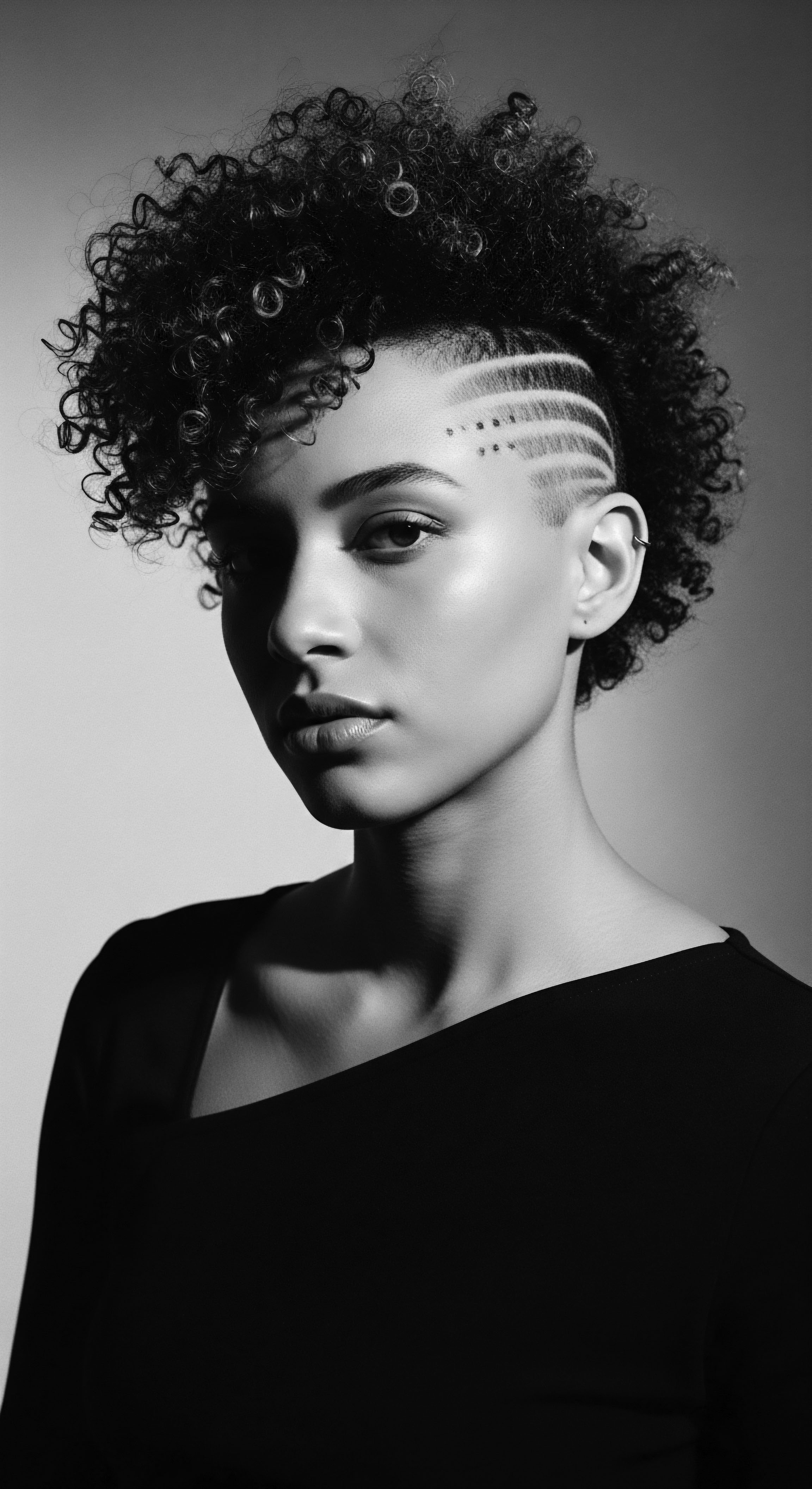
Wigs and Hair Extensions Legacy
The use of wigs and hair extensions, often perceived as contemporary additions to hair culture, also possesses a deep and complex heritage within Black and mixed-race communities. In ancient Egypt, for example, wigs were commonplace, worn by both men and women across social strata for hygiene, protection from the sun, and as symbols of status and beauty. These ancient wigs were often made from human hair, plant fibers, or even wool, sometimes adorned with gold, jewels, and scented cones.
In various African societies, hair adornments, including extensions made from animal fibers, wool, or woven plant materials, were incorporated into hairstyles to denote wealth, social standing, or specific tribal affiliations. The transatlantic slave trade, however, drastically altered the relationship between Black women and their hair, often leading to a suppression of traditional styles. Post-slavery, hair extensions and wigs became tools for adaptation and assimilation, allowing Black women to conform to Eurocentric beauty standards while protecting their natural hair.
This dual function, both as a means of expression and a shield against societal pressures, highlights the complex heritage of these styling aids. Today, the wig and extension industry flourishes within Black communities, offering versatility, protection, and a reconnection to historical practices of adornment and stylistic freedom.
- Shea Butter ❉ A staple from West and East Africa, used historically for moisture and protection.
- Marula Oil ❉ A traditional oil from Southern Africa, prized for its nourishing qualities.
- Rhassoul Clay ❉ From Morocco, historically used for cleansing without stripping natural oils.
| Historical Care Practice Communal braiding circles for protective styles. |
| Modern Regimen Link Salon protective styling appointments, often with shared cultural conversation. |
| Historical Care Practice Use of natural butters and oils for moisture and sheen. |
| Modern Regimen Link Formulation of modern conditioners and stylers with African botanicals. |
| Historical Care Practice Hair adornment with beads, cowrie shells, and thread. |
| Modern Regimen Link Accessorizing protective styles with jewelry and decorative elements. |
| Historical Care Practice The continuity of care demonstrates how the ingenuity of the past informs and strengthens current hair practices. |
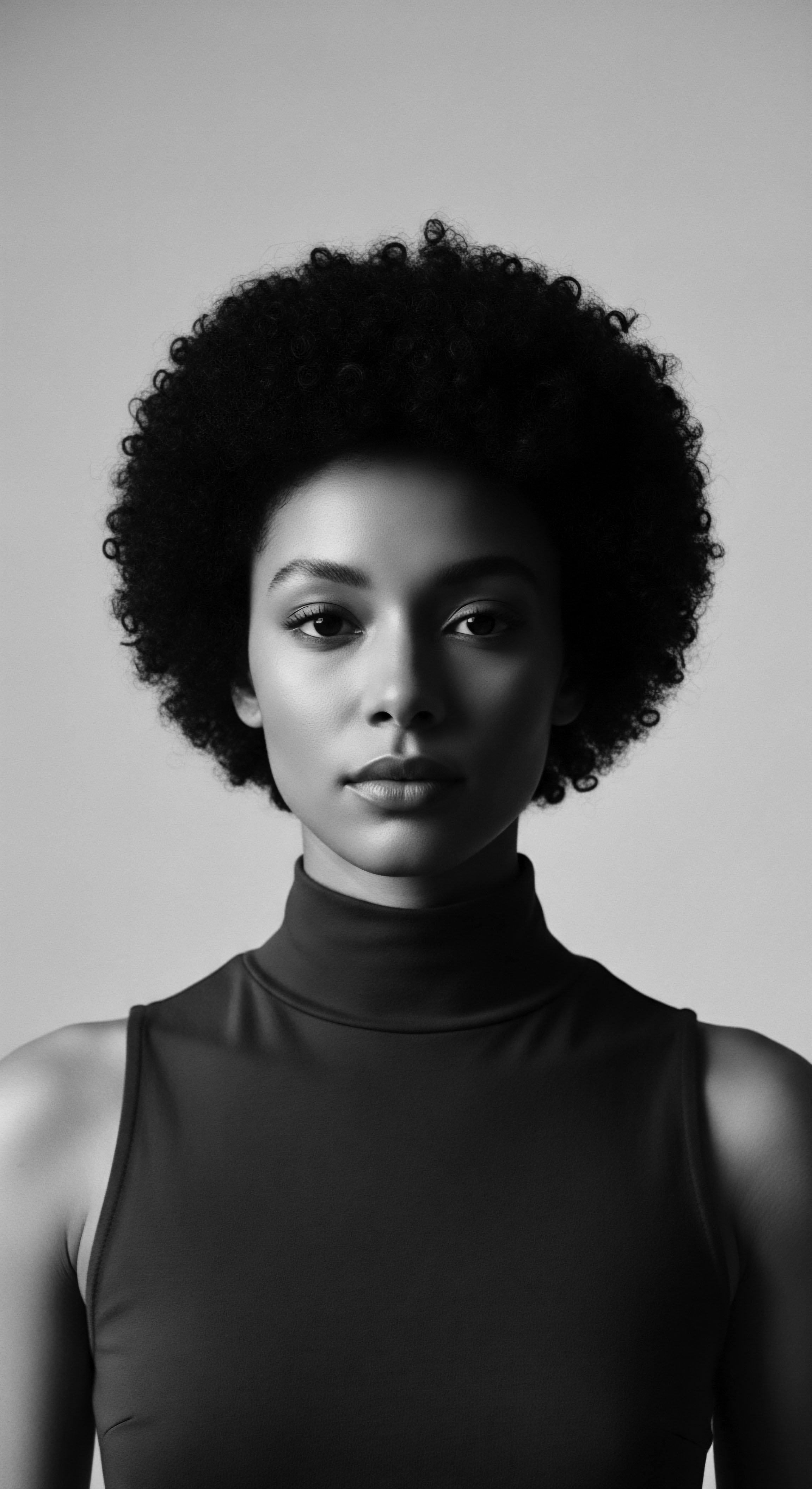
Relay
The journey of textured hair care, from the ancient communal practices to the personalized regimens of today, is a continuous relay of knowledge and adaptation. This section delves into how historical care rituals shape modern regimens for textured hair, examining the deep interconnection between ancestral wisdom and contemporary scientific understanding. It reveals how holistic care, nighttime rituals, and problem-solving strategies are all rooted in a heritage that prioritizes the well-being of the strand and the soul.
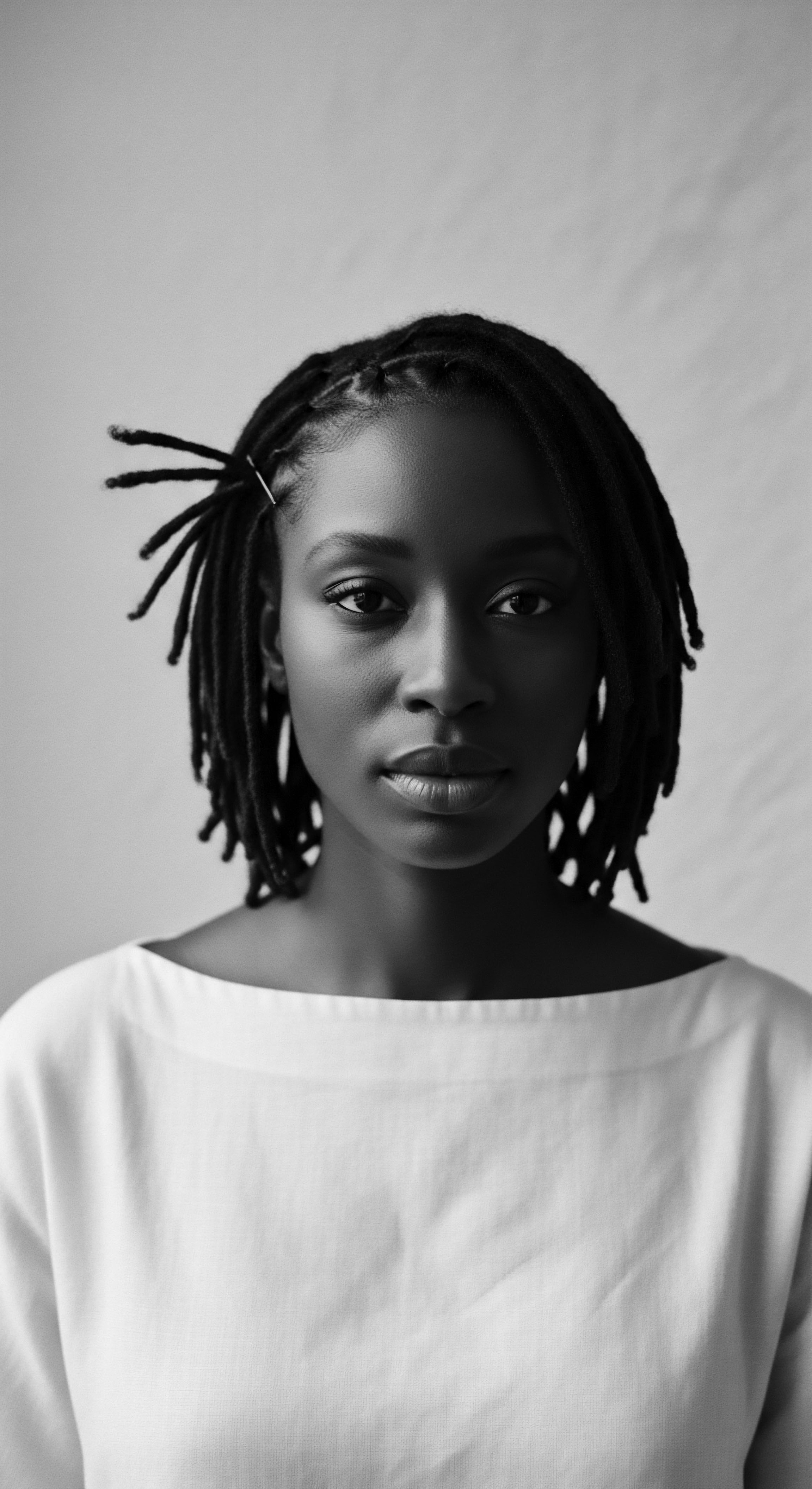
Building Personalized Regimens From Shared Wisdom
The concept of a “personalized regimen” for textured hair, while seemingly modern, is a direct descendant of generations of individualized care within communities. Ancestral hair care was never a one-size-fits-all approach; it was tailored to the individual’s age, life stage, social status, and often, the specific needs of their hair as observed over time. In many African societies, hair care was a deeply intimate and communal affair, with elders passing down specific techniques and remedies suited to different hair types and conditions.
The wisdom gleaned from these practices forms the bedrock of modern holistic hair wellness. For example, the recognition of hair’s unique porosity and its direct connection to moisture retention was implicitly understood through centuries of trial and observation. Traditional methods of cleansing and conditioning involved substances that respected the hair’s natural lipid barrier, preventing excessive stripping.
The use of natural cleansers like rhassoul clay, which removes impurities without harsh detergents, mirrors the modern preference for sulfate-free shampoos that preserve moisture. Modern regimens, therefore, do not invent new principles; they re-contextualize and scientifically validate principles that have governed textured hair care for millennia, deeply informed by ancestral understanding.
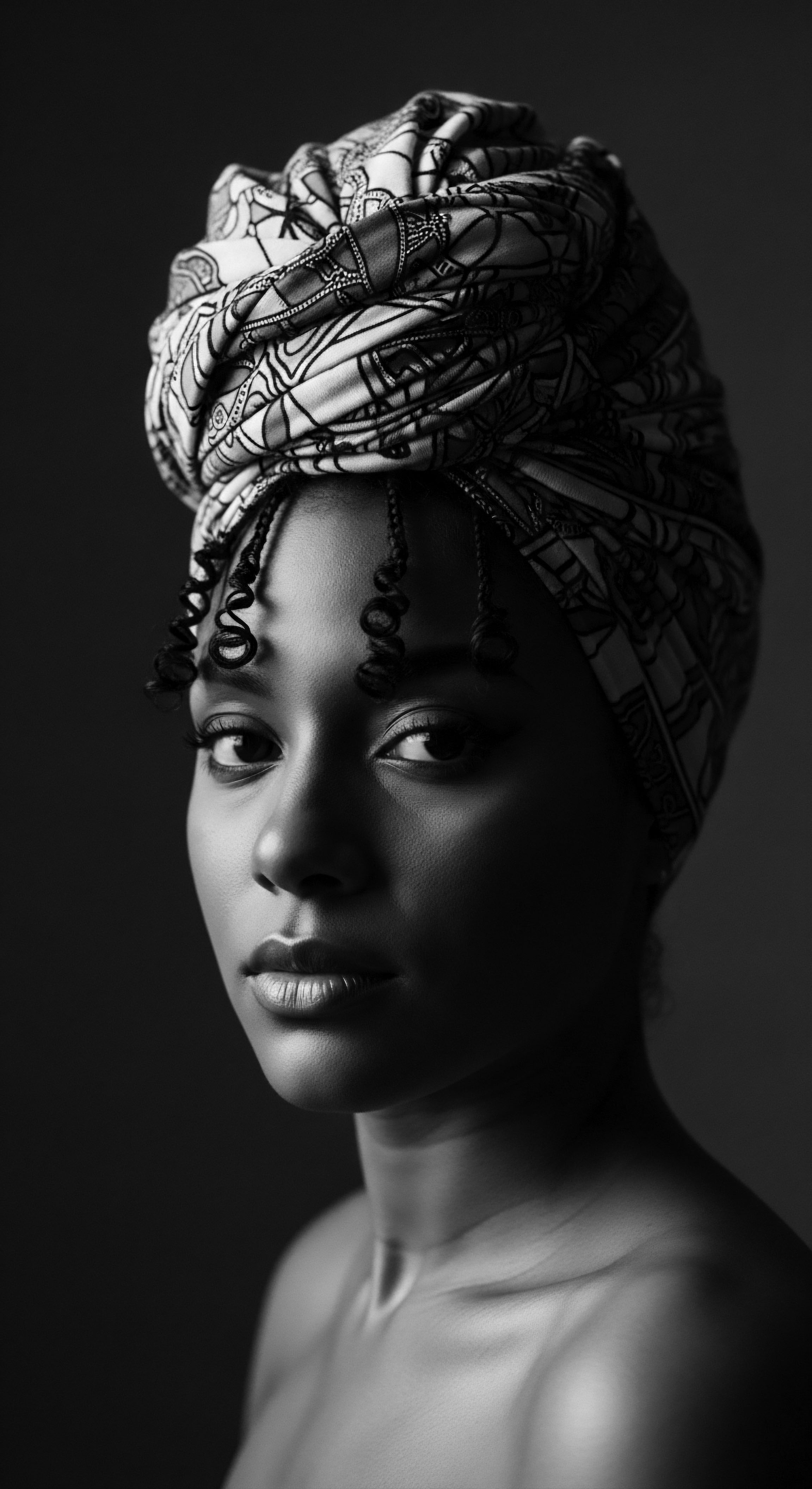
The Nighttime Sanctuary ❉ Bonnet Wisdom Through History
The practice of protecting textured hair during sleep, most notably through the use of bonnets and headwraps, has a rich and often poignant history deeply connected to Black women’s experiences. While nightcaps were once common among European women for warmth in cold chambers, the bonnet’s significance for Black women developed from distinct needs and circumstances. During slavery, bonnets and headwraps were sometimes imposed to conceal hair, serving as a tool of dehumanization and an attempt to erase African identity.
Yet, Black women ingeniously reclaimed these coverings. They became symbols of resilience, self-expression, and a practical necessity for preserving intricate hairstyles, reducing tangles, and retaining moisture. The consistent use of head coverings at night protected hair from the friction of coarse bedding materials like cotton, which can absorb natural oils and cause breakage. This ancestral wisdom of nighttime protection directly informs the widespread modern use of silk and satin bonnets, scarves, and pillowcases, celebrated for their ability to minimize frizz, prevent breakage, and extend the life of styles.
The silk bonnet, a simple accessory, stands as a quiet yet powerful testament to generational knowledge concerning textured hair health and longevity. It tells a story of care practices evolving not out of trends, but out of necessity and a profound connection to self-preservation within a heritage of beauty.
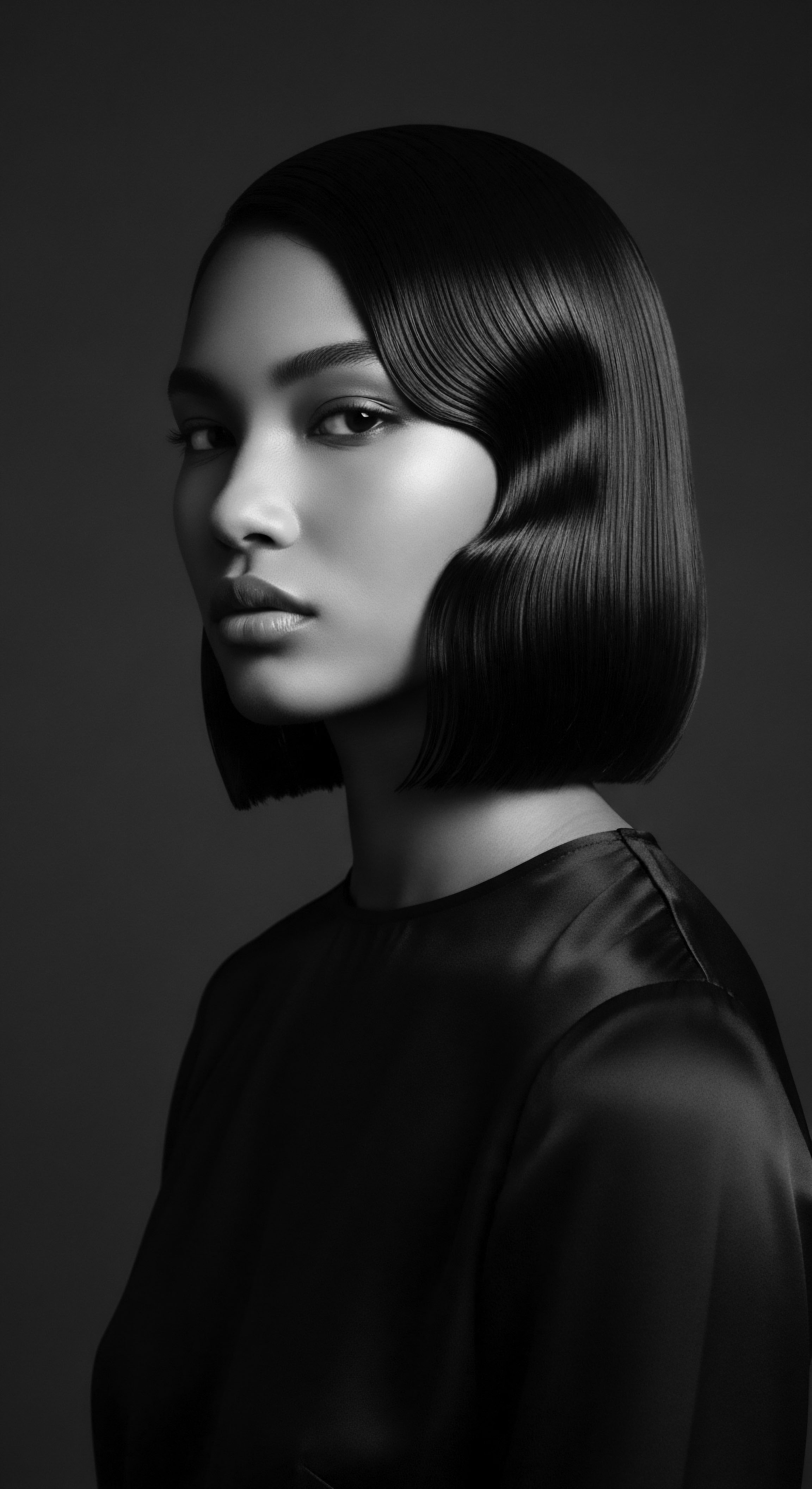
Ingredients Deep Dives for Textured Hair Heritage
The pantry of traditional hair care was vast, filled with ingredients sourced directly from the earth, each with specific properties understood through generations of lived experience. Many of these ancestral ingredients are now recognized by modern science for their specific benefits, bridging historical practice with contemporary understanding.
- Shea Butter (Butyrospermum parkii) ❉ For centuries, communities across West and East Africa have relied on this rich butter, extracted from the nuts of the shea tree. Its historical use as a sealant and moisturizer is now supported by scientific understanding of its high content of fatty acids and vitamins A and E, which provide a protective barrier against dryness and breakage.
- Coconut Oil (Cocos nucifera) ❉ A staple in many tropical regions, including parts of Africa and Asia, coconut oil was used to condition hair and add shine. Research confirms its unique molecular structure allows it to penetrate the hair shaft deeply, offering internal nourishment rather than just a surface coating.
- Chebe Powder (from the Croton zambesicus plant) ❉ Originating from the Bassara/Baggara Arab tribe in Chad, this powder has been used for centuries to aid length retention and increase hair thickness. Its properties are believed to help seal the hair cuticle, preventing breakage and maintaining moisture between washes.
- African Black Soap ❉ A traditional cleanser from West Africa, made from plantain skins, palm leaves, cocoa pods, and shea tree bark. Historically used for cleansing the body and hair, its gentle, yet effective, properties cleanse without stripping essential oils.
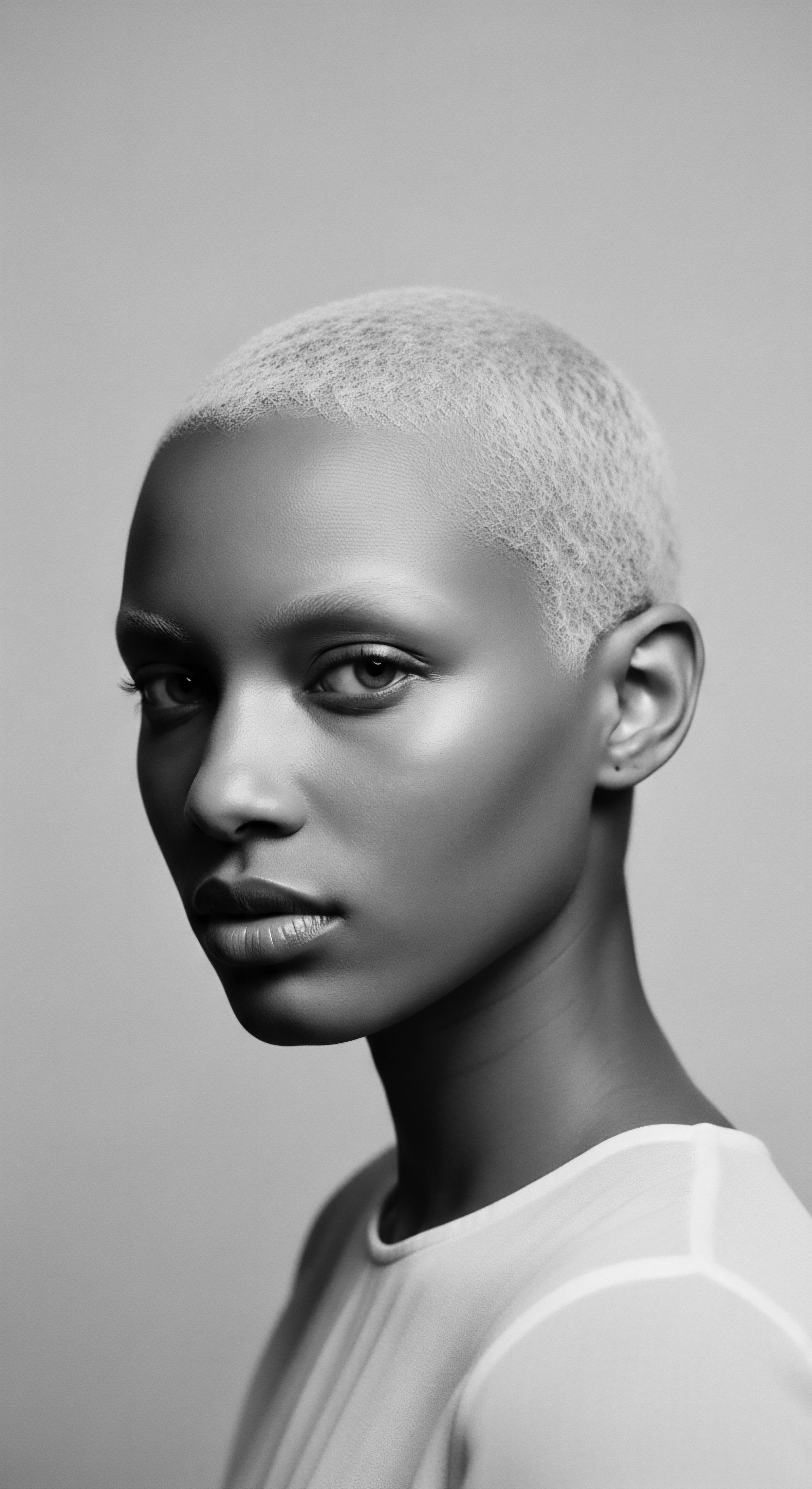
Problem Solving through Ancestral and Modern Lenses
Addressing hair concerns is not a new phenomenon; communities historically developed solutions for common issues, often through observation and inherited wisdom. The problems facing textured hair – dryness, breakage, tangles, scalp conditions – were met with ingenuity long before commercial products existed. For example, excessive dryness, a persistent challenge for textured hair due to the natural difficulty of oil distribution along the strand, was combatted with frequent oiling and butter applications.
Scalp health, a foundation for healthy hair growth, was addressed through herbal rinses and massages. The concept of “sealing” moisture into the hair, now a common step in modern regimens, was inherent in the application of heavier butters and protective styles. When considering how historical care rituals shape modern regimens for textured hair, it becomes clear that many contemporary “solutions” are re-discoveries or refined versions of ancestral practices.
Modern science provides the chemical breakdown of why a particular plant worked, but the initial observation and application came from generations of inherited knowledge. This continuity highlights a profound wisdom in the practices of those who came before us, a wisdom that we now have the privilege of understanding and applying with renewed appreciation.

Reflection
The journey through textured hair’s past, present, and unfolding future reveals a profound and continuous story. It is a testament to the indomitable spirit of communities, particularly Black and mixed-race communities, whose ancestral knowledge has quietly guided generations. This exploration of how historical care rituals shape modern regimens for textured hair is more than a simple academic exercise; it is an act of reclamation, a conscious honoring of the wisdom that resides within each strand.
The very fiber of textured hair carries the echoes of ancient suns and communal hands. From the biological adaptations that offered protection in equatorial lands to the ingenious styling techniques developed for survival and cultural expression, every aspect of textured hair is steeped in heritage. The rhythms of ancestral cleansing, moisturizing, and protecting practices now beat in harmony with scientific understanding, revealing a profound and intelligent design in methods once dismissed as unsophisticated. The wisdom of our forebears, often passed down in whispers and through touch, offers a powerful counter-narrative to beauty standards that sought to diminish the natural glory of textured strands.
As we move forward, the understanding of this heritage calls us to a deeper reverence for our hair. It invites a mindful engagement with our regimens, recognizing that the choices we make today are connected to a long and resilient lineage. The “Soul of a Strand” ethos is not merely a metaphor; it is a living truth, a reminder that hair is a vibrant archive, capable of telling stories of strength, artistry, and enduring beauty across time. May we continue to listen to its whispers, to learn from its history, and to celebrate its unbound future, always rooted in the profound wisdom of its heritage.
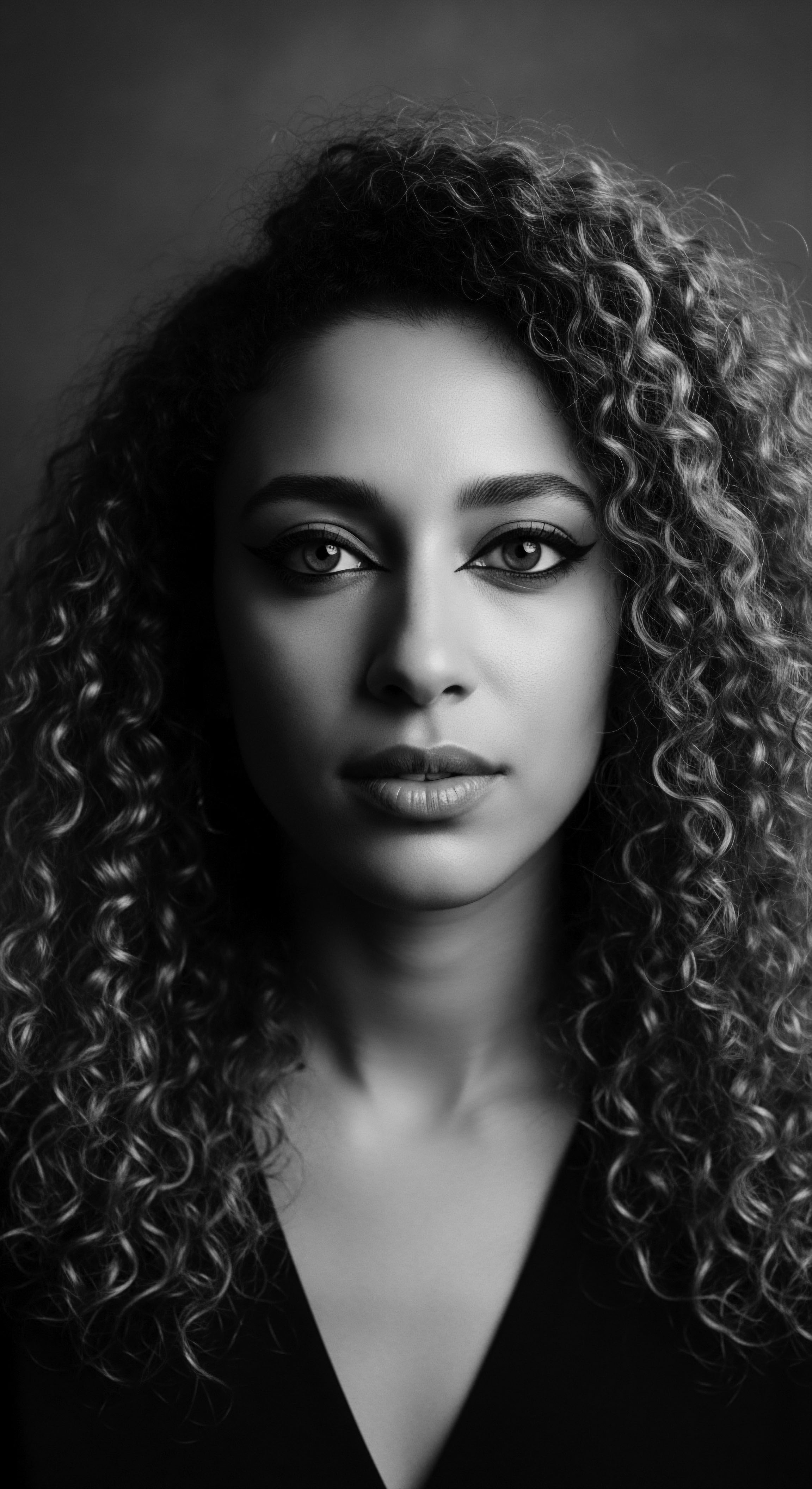
References
- Byrd, Ayana, and Lori L. Tharps. Hair Story ❉ Untangling the Roots of Black Hair in America. St. Martin’s Griffin, 2001.
- Dabiri, Emma. Twisted ❉ The Tangled History of Black Hair Culture. Harper Perennial, 2020.
- Davis-Sivasothy, Audrey. The Science of Black Hair ❉ A Comprehensive Guide to Textured Hair Care. SAJA Publishing Company, 2011.
- Jablonski, Nina G. Skin ❉ A Natural History. University of California Press, 2023.
- Lasisi, Tina S. The Genetics and Evolution of Human Hair Form. PhD dissertation, Pennsylvania State University, 2017.
- Mercer, Kobena. Hair Story ❉ Untangling the Roots of Black Hair in America. University of California Press, 2001.
- Patton, Tracey Owens. African American Hair ❉ Cultural Identity and Expression. Peter Lang Inc. International Academic Publishers, 2006.
- Robinson, Deborah M. Hair Love. Penguin Young Readers, 2019.
- Walker, Andre. Andre Talks Hair! Simon & Schuster, 1999.
- White, Luise. Speaking with Vampires ❉ Rumor and History in Colonial Africa. University of California Press, 2000.
